As the five-pfennig German coin from 1910 slipped into the slot, a metal disc — hidden from view behind the painted panel of a Greek muse adorning the gorgeous mahogany cabinet — began turning. The room was suddenly filled with the clear, metallic ringing of this Polyphon music box. The song we were listening to on the second floor of a museum in downtown Tainan sounded virtually identical to the first time it rang out from this music box over a century ago in Europe.
At that time, it would have been quite a novelty to be able to hear music without anyone playing it live. Today, we have become accustomed to having access to any music we want at the touch of a button, but it’s important to recall that it was not always this way. The Wenting Phonograph Museum (文鼎留聲博物館) aims to help us understand how audio recording and playback devices came about back in the days before household electricity was common, and to recapture the excitement and richness that this technology has brought to our lives. It features an extensive collection of music boxes, phonographs and electric turntables, many of which are aesthetically pleasing not only to the ear but also to the eye.
MUSIC BOXES
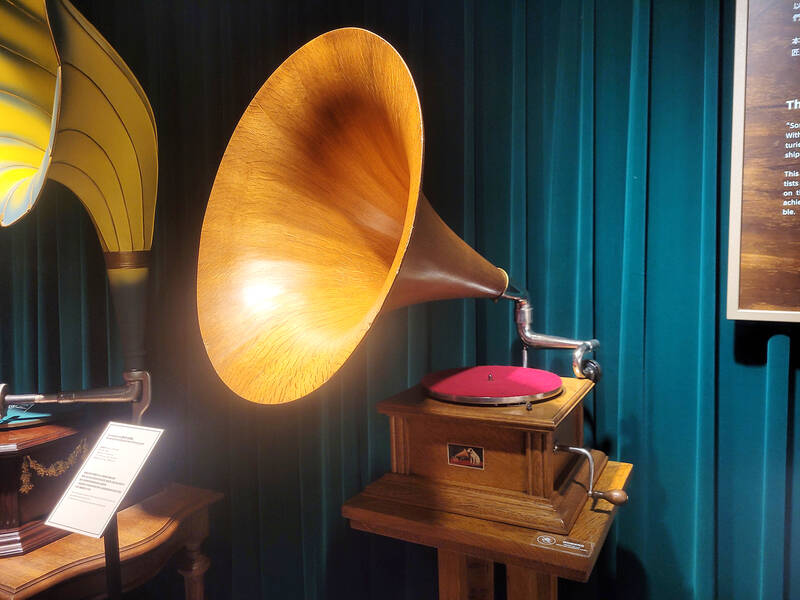
Photo: Tyler Cottenie
The earliest mass-produced device that allowed for spontaneous playback of music was the music box. These employed rotating metallic cylinders with raised pins or discs with perforations to pluck special metal teeth tuned to a certain note, or to activate small drums and bells. The music created was thus very limited in timbre — mostly metallic, chime-like sounds — but practically unlimited in its complexity. For the first time, anyone with enough money could install a device in their own home that could play music on demand.
These music boxes were often carefully crafted with beautiful wooden finishes, exquisitely carved or inlaid ornamentation, and painted panels that added a touch of exotic or rural charm. They were built to enhance the aesthetic value of a room in addition to being functional, much like a grandfather clock or grand piano. The museum has a carefully curated selection of music boxes of varying sizes and origins on display, all of which have been preserved or restored to like-new condition.
Not everyone could afford to have a music box in their own home, but everyone in the late 19th century wanted the chance to experience this new technology. Someone saw a business opportunity here and created coin-operated music boxes, which were placed in a sort of musical arcade open to the public.
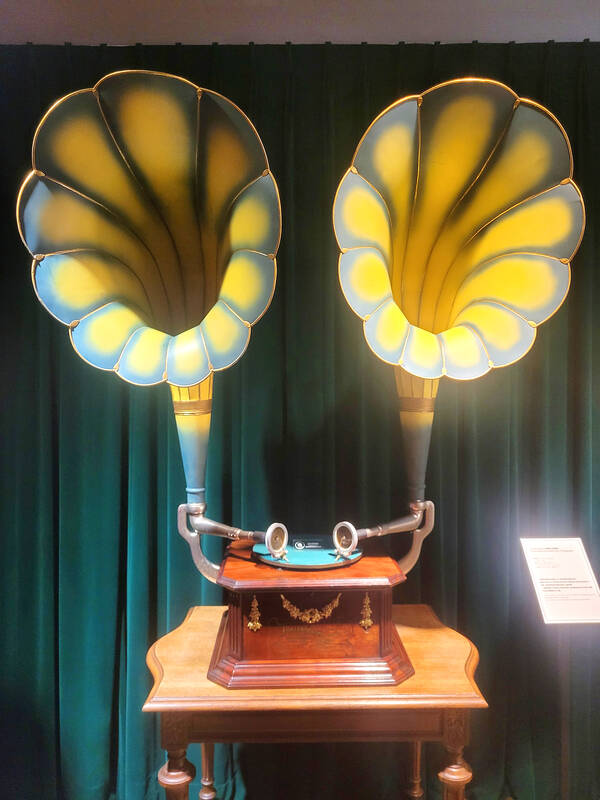
Photo: Tyler Cottenie
For a few pennies, anyone could pay for a private “performance” by one of these devices. Twice daily, staff at the Wenting Phonograph Museum insert an old German coin into their 1.84-meter-tall Polyphon music box, wind up the mechanism and treat museum visitors to just such a live performance. The intricate, rich sound resonating inside the mahogany cabinet is something that must be experienced in person to fully appreciate.
PHONOGRAPHS
Just as music boxes were gaining in popularity, the phonograph was being refined. Though it too employed rotating cylinders or discs, these were not simply inscribed with a predetermined set of notes laid out by their designer, but were faithful recordings of an actual musical performance. The different timbres of musical instruments and even the human voice could all be captured and replayed with phonographs, so they quickly supplanted music boxes as the preferred playback devices to have in the home.
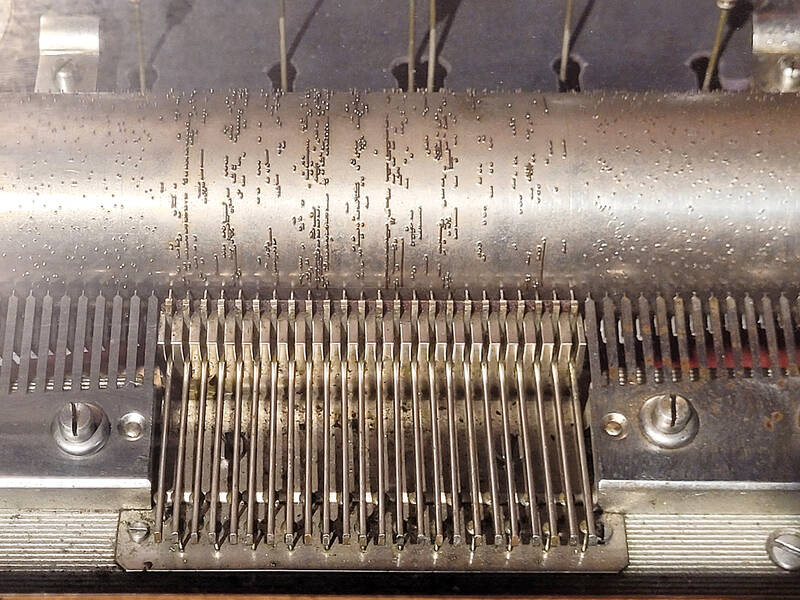
Photo: Tyler Cottenie
The stereotypical phonograph in most people’s minds is a small box with a very large horn attached to amplify the sound. The museum has a number of these on display and, as with the music boxes, they are worthy of admiration for their careful craftsmanship and decoration alone, not only their ability to reproduce music. One horn on display was carved from a single piece of oak, while other phonographs feature two or even three horns painted in vivid colors that were used to project sound into a larger space like a dance hall. Other horns are in polished brass like the bell of a trombone.
Each innovation in phonography is represented by at least one piece in the museum’s exhibit. The earliest recording medium was the wax cylinder used in Edison phonographs, of which the museum has several. One particular machine went further than just playback, and allowed people to speak into it and have their own voice recorded on a cylinder. These were used for remote language learning classes. Students could now not only listen and relisten to native speakers, but could send their own voice back to an instructor for evaluation. Compared with purely text-based learning, this was a major innovation in remote language education. Some featured stethoscope-style listening devices for use in noisier environments. The museum has all of these innovations on display.
Later devices employed discs instead of cylinders, a format which persists up to the present day. A further innovation occurred when the horn was no longer needed. The sound was funneled into a resonating chamber underneath the turntable. By opening a door on the front, the sound could be made even louder. This device, and a wax cylinder phonograph, are also part of the twice-daily demonstration for museum guests.
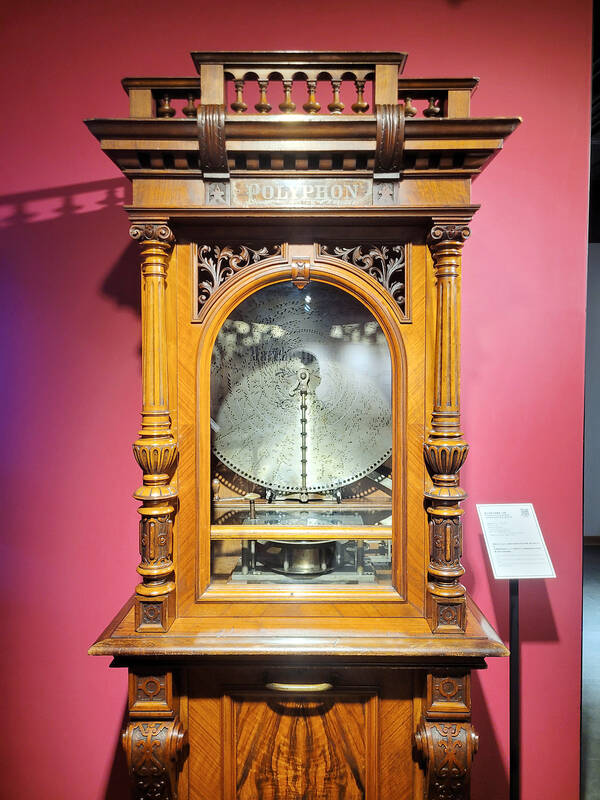
Photo: Tyler Cottenie
MODERN TIMES
With the advent of electricity, the hand-cranked spring-driven mechanism inside phonographs was eventually replaced by electric motors. The music itself could also be amplified with electric speakers, which brings us to the record players of the modern era. For a large part of his career, museum founder Wenting Hsu (許文鼎) actually produced record players in Taiwan for the Taiwanese market under the brand name Darling (達琳牌), and it was this experience that inspired him to create a museum of phonography in his retirement.
One of his turntables is on display here, along with Japanese and Soviet record players from the mid-20th century. The collection even features the Mikiphone, a portable record player that predated the Sony Walkman by over 70 years but matched it in size, at 12 cm in length and 5 cm in width. One area of the museum features the modern use of turntables by DJs. Visitors can get on a simulated DJ stage and try slowing down, reversing and mixing songs by putting their hands on the control panel’s two turntables and digital controls.
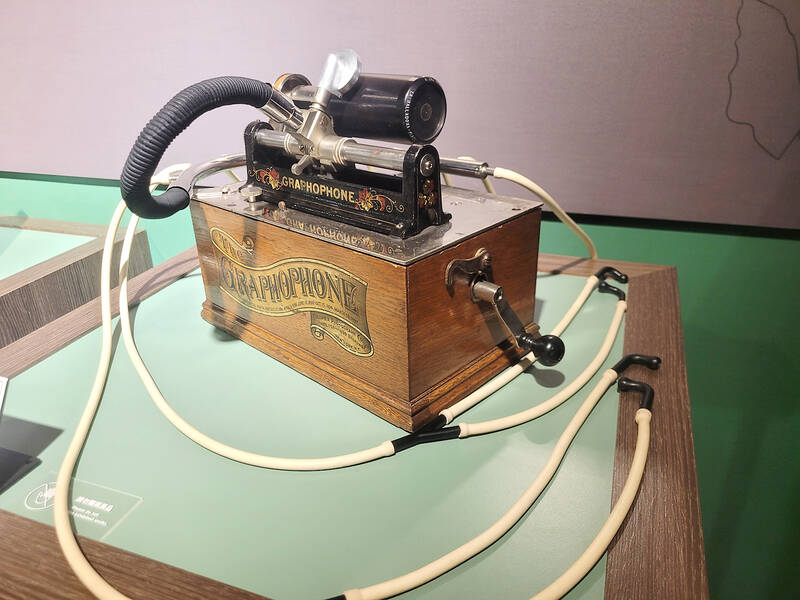
Photo: Tyler Cottenie
After traveling the world to consult with other museum curators and gather potential exhibition pieces, Hsu opened his museum to the public in a beautifully renovated building in central Tainan. He hopes to preserve the history and culture of phonography, while inspiring future innovation in the domain and an appreciation of analog music. To that end, the first floor of the museum building is a coffee shop that plays vinyl records.
The museum is very well put together, with a comprehensive collection of artifacts in excellent condition, and information posted in Chinese and (very good) English. The next time you’re in Tainan, set aside an hour or two to visit this quaint and informative attraction and be sure to time your visit so you can hear the old music box and phonographs come to life during the twice-daily demonstration time.
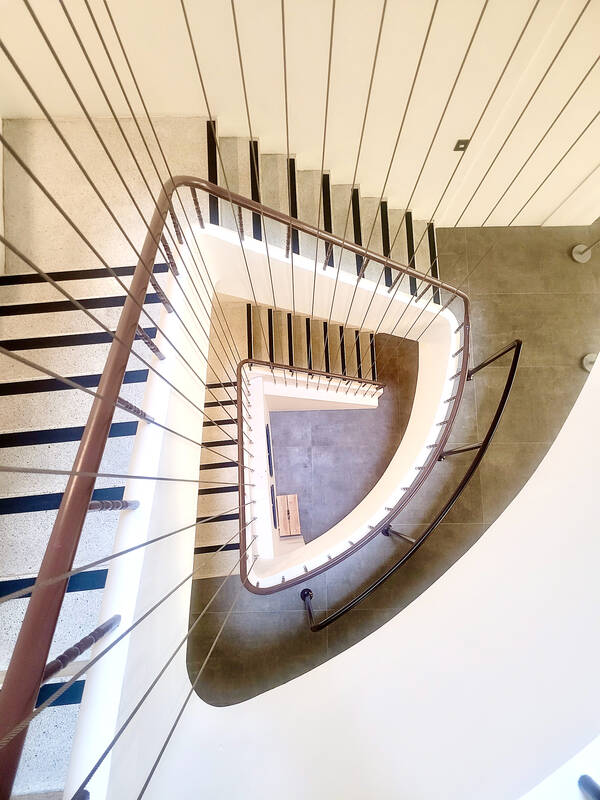
Photo: Tyler Cottenie

Last week the State Department made several small changes to its Web information on Taiwan. First, it removed a statement saying that the US “does not support Taiwan independence.” The current statement now reads: “We oppose any unilateral changes to the status quo from either side. We expect cross-strait differences to be resolved by peaceful means, free from coercion, in a manner acceptable to the people on both sides of the Strait.” In 2022 the administration of Joe Biden also removed that verbiage, but after a month of pressure from the People’s Republic of China (PRC), reinstated it. The American

Chinese Nationalist Party (KMT) legislative caucus convener Fu Kun-chi (傅?萁) and some in the deep blue camp seem determined to ensure many of the recall campaigns against their lawmakers succeed. Widely known as the “King of Hualien,” Fu also appears to have become the king of the KMT. In theory, Legislative Speaker Han Kuo-yu (韓國瑜) outranks him, but Han is supposed to be even-handed in negotiations between party caucuses — the Democratic Progressive Party (DPP) says he is not — and Fu has been outright ignoring Han. Party Chairman Eric Chu (朱立倫) isn’t taking the lead on anything while Fu

Feb 24 to March 2 It’s said that the entire nation came to a standstill every time The Scholar Swordsman (雲州大儒俠) appeared on television. Children skipped school, farmers left the fields and workers went home to watch their hero Shih Yen-wen (史艷文) rid the world of evil in the 30-minute daily glove puppetry show. Even those who didn’t speak Hoklo (commonly known as Taiwanese) were hooked. Running from March 2, 1970 until the government banned it in 1974, the show made Shih a household name and breathed new life into the faltering traditional puppetry industry. It wasn’t the first

US President Donald Trump’s threat of tariffs on semiconductor chips has complicated Taiwan’s bid to remain a global powerhouse in the critical sector and stay onside with key backer Washington, analysts said. Since taking office last month, Trump has warned of sweeping tariffs against some of his country’s biggest trade partners to push companies to shift manufacturing to the US and reduce its huge trade deficit. The latest levies announced last week include a 25 percent, or higher, tax on imported chips, which are used in everything from smartphones to missiles. Taiwan produces more than half of the world’s chips and nearly all